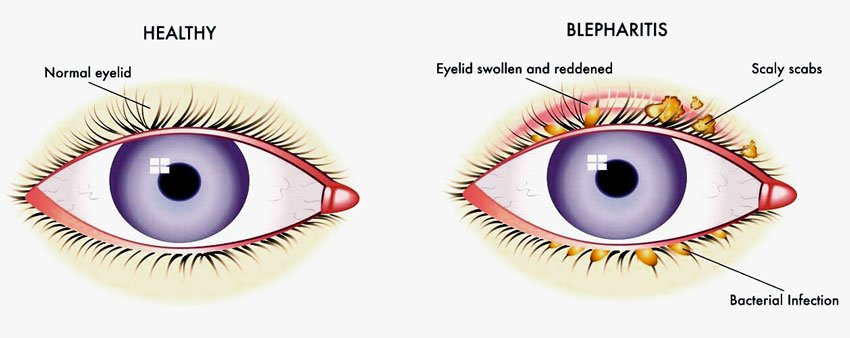Demodex Blepharitis: Understanding and Overcoming
Have you ever heard of Demodex blepharitis? It may sound like a mouthful, but this common yet often overlooked condition can wreak havoc on your eye health if left untreated. Let's delve into what Demodex blepharitis is all about and how you can conquer it.
What is Demodex Blepharitis?
Demodex blepharitis is a type of eyelid inflammation caused by an overgrowth of microscopic mites known as Demodex. These tiny parasites naturally inhabit the skin and hair follicles around the eyes and other facial areas. While Demodex mites are typically harmless in small numbers, an excessive population can lead to inflammation of the eyelids, resulting in symptoms such as redness, irritation, itching, and a gritty sensation.
Understanding the Demodex Menace
Demodex mites thrive in warm, oily environments, making the eyelids an ideal habitat. Factors such as poor eyelid hygiene, compromised immune function, and certain skin conditions can contribute to Demodex overgrowth. Additionally, individuals with oily skin or those who wear makeup regularly may be more susceptible to Demodex infestation.
Signs and Symptoms
Demodex blepharitis often presents with symptoms similar to other forms of eyelid inflammation, making it challenging to diagnose without a comprehensive evaluation by an eye care professional. Common signs and symptoms may include:
Persistent eyelid redness
Irritation or burning sensation
Excessive tearing or dry eyes
Crusty or sticky eyelids upon waking
Sensitivity to light
Loss of eyelashes
Taking Control: Treatment and Prevention
Fortunately, Demodex blepharitis can be effectively managed with the right approach. Treatment typically involves a combination of the following strategies:
Lid Hygiene: Proper eyelid hygiene is crucial for controlling Demodex populations. Daily cleansing of the eyelids with a gentle, non-irritating cleanser can help remove excess oils and debris, reducing the mite's food source and inhibiting their proliferation.
Warm Compresses: Applying warm compresses to the eyelids can help soften crusts and debris, making it easier to remove them during cleansing. This can also help soothe inflammation and promote healthy tear production.
Medicated Solutions: In cases of moderate to severe Demodex blepharitis, your eye care professional may recommend medicated treatments such as prescription eyelid cleansers, topical antibiotics, or anti-inflammatory agents to target Demodex mites and alleviate symptoms.
Environmental Modifications: Minimizing factors that contribute to Demodex proliferation, such as avoiding excessive heat and humidity, practicing good facial hygiene, and regularly washing bedding and towels, can help prevent recurrence of Demodex blepharitis.
Conclusion
Demodex blepharitis may pose challenges, but with proper understanding, proactive management, and expert guidance, you can reclaim comfort and clarity for your eyes. By prioritizing eyelid hygiene, adopting healthy habits, and seeking timely intervention when needed, you can bid farewell to Demodex woes and embrace a brighter, clearer outlook on eye health.

